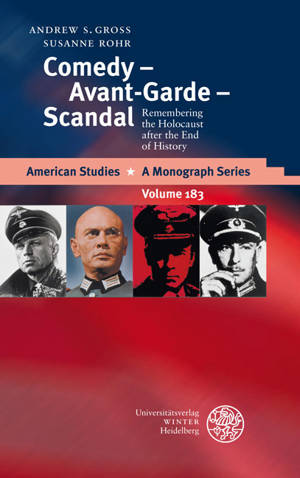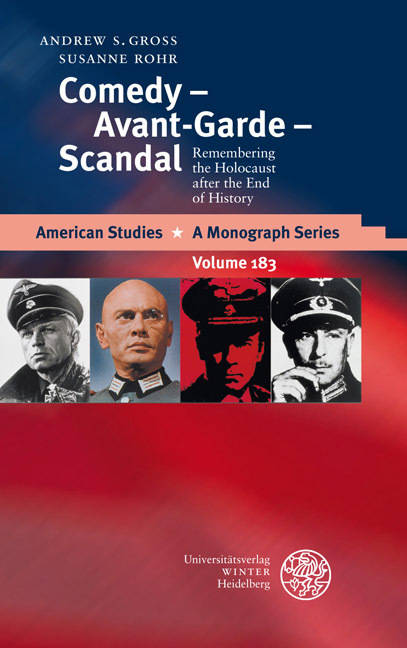
- Afhalen na 1 uur in een winkel met voorraad
- Gratis thuislevering in België vanaf € 30
- Ruim aanbod met 7 miljoen producten
- Afhalen na 1 uur in een winkel met voorraad
- Gratis thuislevering in België vanaf € 30
- Ruim aanbod met 7 miljoen producten
Zoeken
Comedy - Avant-Garde - Scandal
Remembering the Holocaust After the End of History
Andrew S Gross, Susanne Rohr
€ 31,95
+ 63 punten
Omschrijving
Why did the Holocaust become such a prominent theme in American and European art, literature, and film in the 1990s? Why does so much of this art court controversy? These and related questions motivate this study, a joint effort by two scholars of American culture, one German and the other US-American. The authors link the growing centrality of the Holocaust in art, and the increasingly provocative strategies employed by writers, artists, and filmmakers, to the end of the Cold War. History, tainted by obsolete ideological debates, no longer seemed adequate to describing the past, so art mobilized the traditional strategies of the avant-garde - scandal, satire, and provocation - as a spur to memory. The Holocaust became the focus of this revolution in art - and crisis of historical representation - because it seemed to be beyond the limits of understanding. The authors argue that art turns to the Holocaust when commemoration, rather than novelty, is avant-garde.
Specificaties
Betrokkenen
- Auteur(s):
- Uitgeverij:
Inhoud
- Aantal bladzijden:
- 206
- Taal:
- Engels
- Reeks:
- Reeksnummer:
- nr. 183
Eigenschappen
- Productcode (EAN):
- 9783825357269
- Verschijningsdatum:
- 4/01/2010
- Uitvoering:
- Hardcover
- Formaat:
- Genaaid
- Afmetingen:
- 134 mm x 210 mm
- Gewicht:
- 3288 g

Alleen bij Standaard Boekhandel
+ 63 punten op je klantenkaart van Standaard Boekhandel
Beoordelingen
We publiceren alleen reviews die voldoen aan de voorwaarden voor reviews. Bekijk onze voorwaarden voor reviews.











